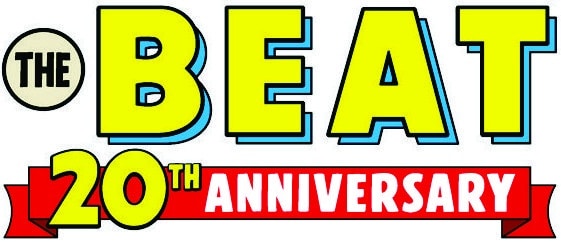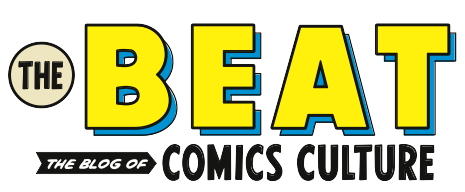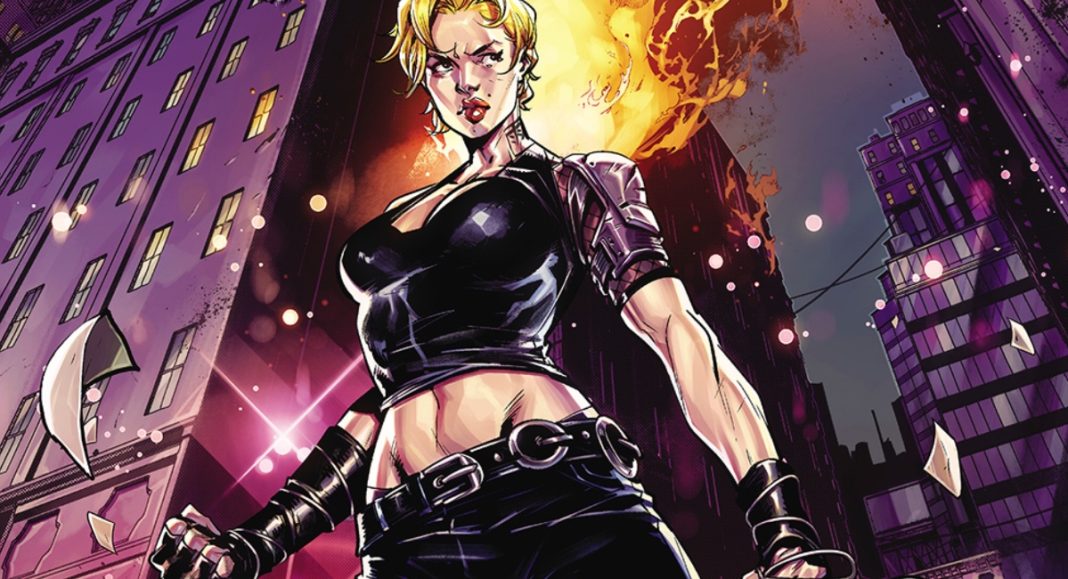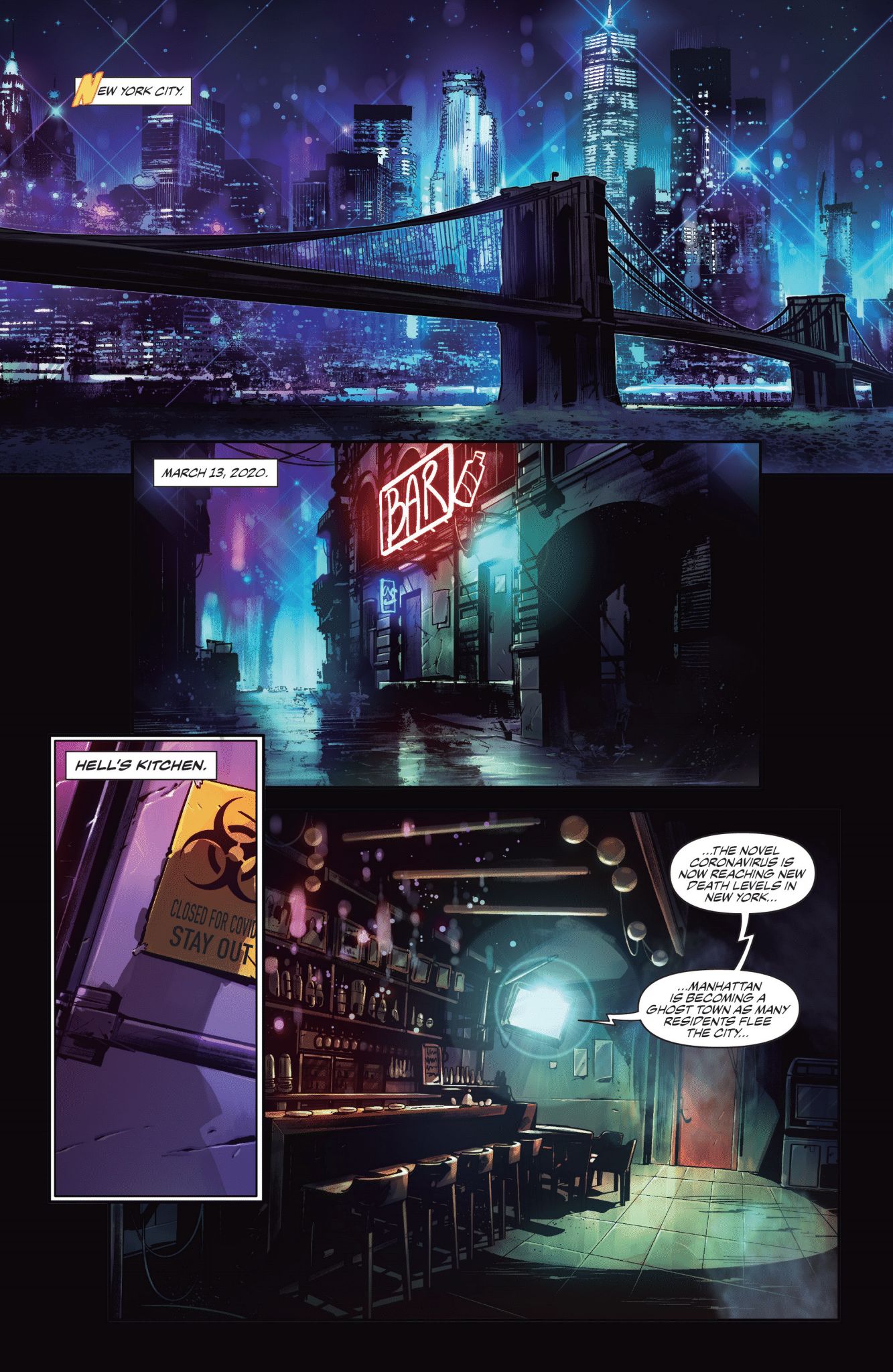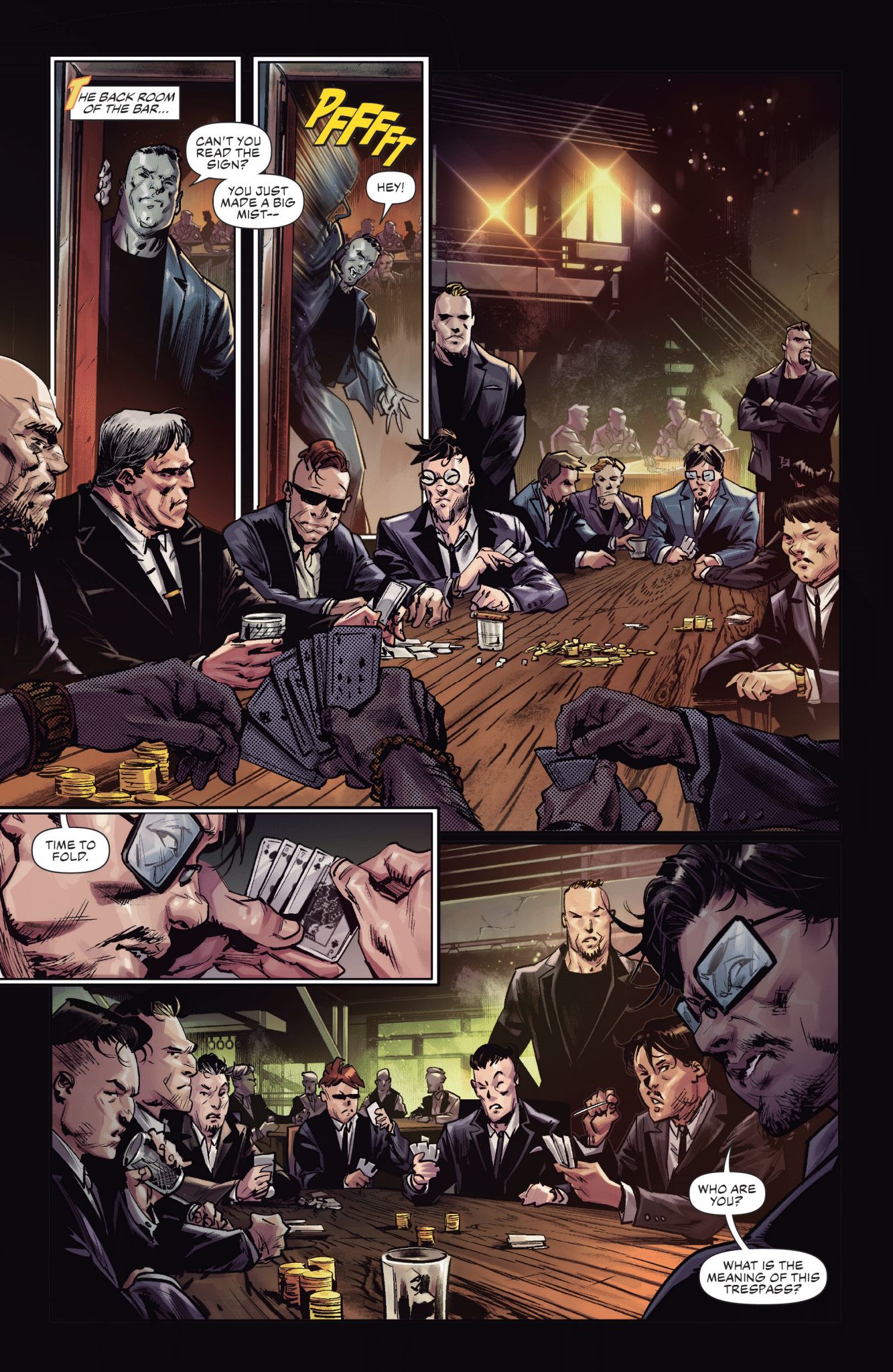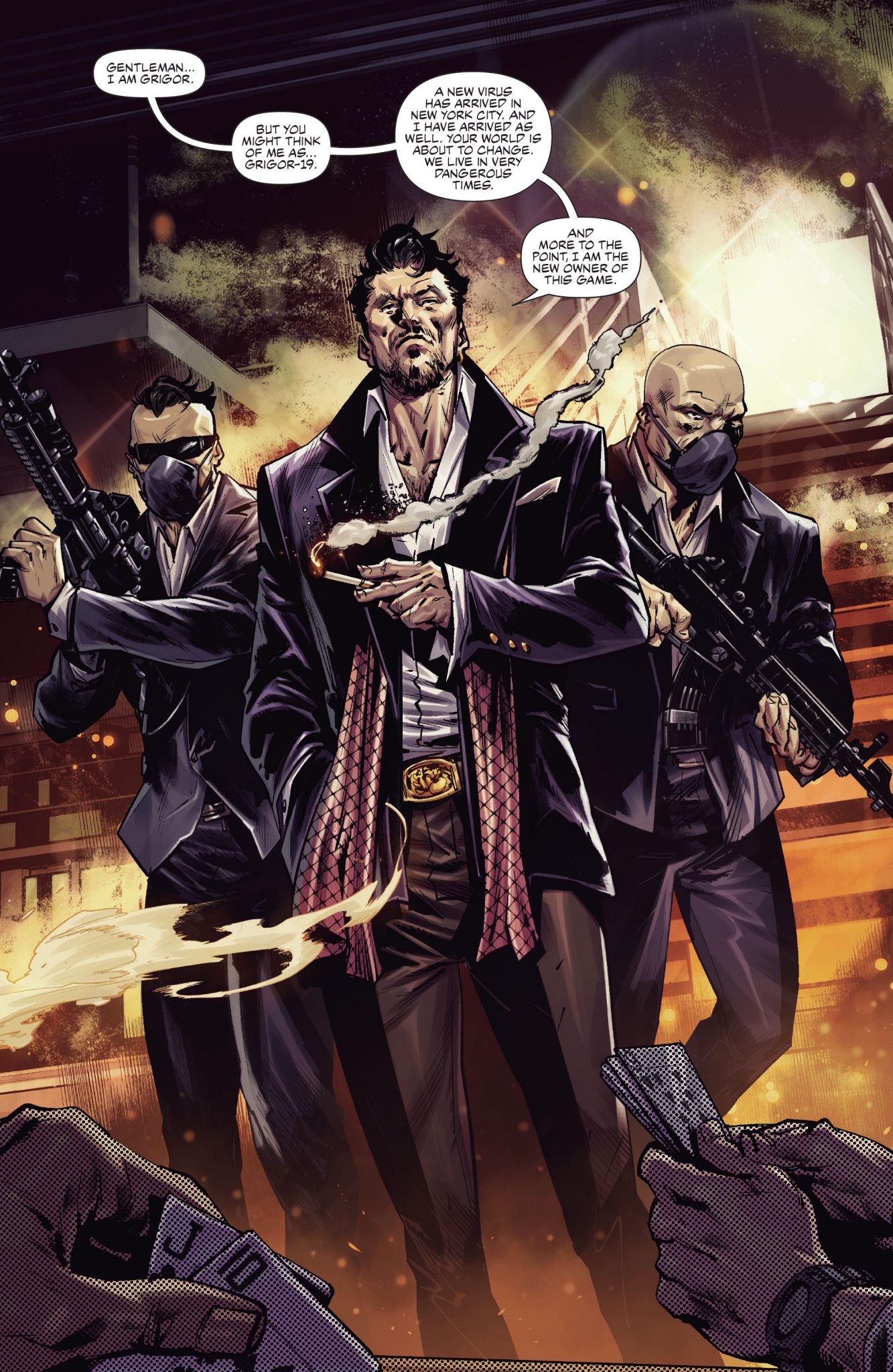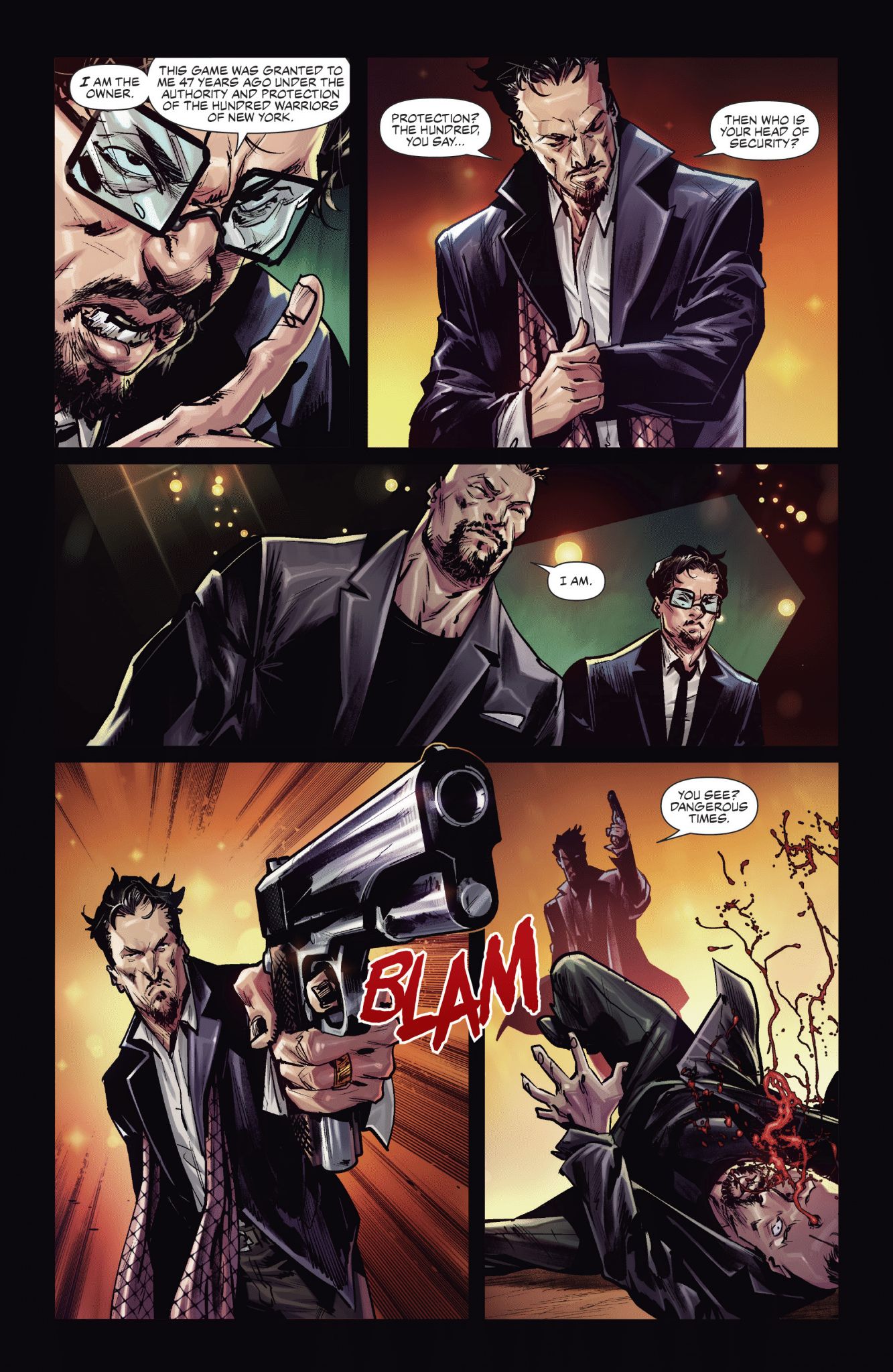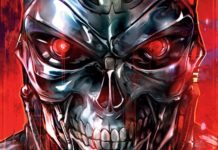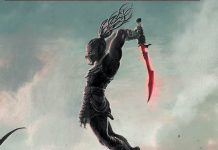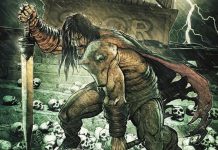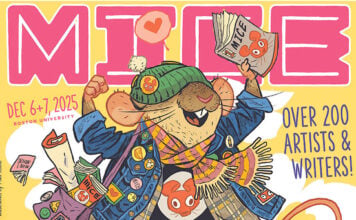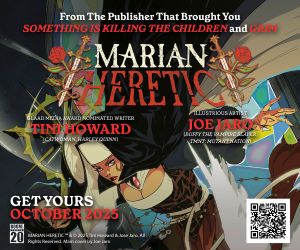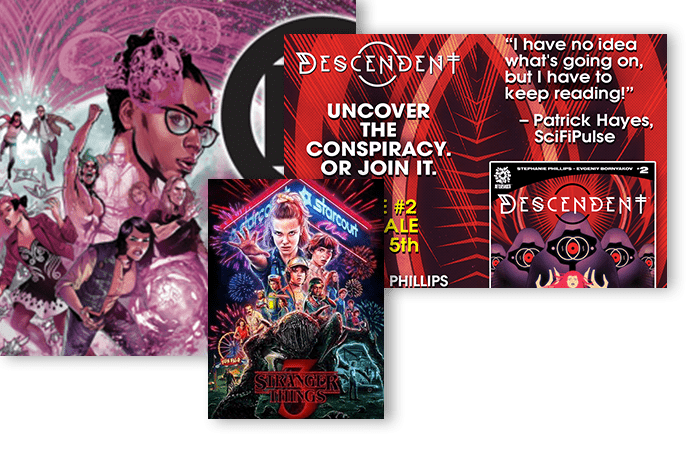Image Comics imprint Syzygy Publishing has announced Dark Honor, a gripping crime thriller brought to life by the talented trio of Ethan Sacks (A Haunted Girl, Old Man Hawkeye, Star Wars: Bounty Hunters) and filmmakers K.S. Bruce and Brian DeCubellis (Trust, Manhattan Night), featuring interior art and covers from a “murderer’s row” of artists, including Fico Ossio (Black Lightning, No One Left To Fight), David Messina (Ultimate Spiderman, 3 Keys), Gabriel Guzman (Lady Earth, Predator), Jamal Igle (Molly Danger, The Wrong Earth), colorist Raciel Avila, and letterer JAME.
Dark Honor is a gripping crime series set in New York City, New York, during the pandemic’s early days. It’s an exciting five-issue series that will debut on May 28, 2025, marking Bruce and DeCubellis’s first venture into the comic book realm. Although the original plan was to adapt the story into a film, it became clear that a comic series was the ideal way to tell this tale.
According to Image’s landing page, Bruce described the comic as, “Dark Honor may be fiction, but its backdrop is real—the empty streets, released prisoners, and desperate scrambles for survival, as an unknown disaster hits New York. Initially written as a screenplay, it felt too raw for film. But with Ethan Sacks’ adaptation, Chris Ryall’s expertise, and an incredible creative team, we’re honored to bring this story to comics.”
The Beat caught up with Dark Honor co-creator DeCubellis and adapter Sacks to discuss the story of their upcoming comic, the decision to set it at the start of lockdown, and what it was like working with a murderer’s row of artists.
OLLIE KAPLAN: What was your experience working with Image Comics imprint Syzygy Publishing and its creative director, Chris Ryall?
ETHAN SACKS: I had just finished working with Chris and Syzygy on A Haunted Girl, a once-in-a-lifetime project for me, given the mental health themes and advocacy, and the chance to work with my daughter, Naomi Sacks. So, when I was approached to adapt Dark Honor, he was the first person I reached out to as a potential publisher. Chris is now a friend, but he’s also a savvy comic book veteran who gets unique ideas and helps nurture a story along from the outline stage to the printing presses. Can’t say enough superlatives about him.
BRIAN DECUBELLIS: Chris Ryall was the perfect match for the material not only from an editorial perspective, but also for his guidance to K.S. and I in our first experience ever in making a comic. Chris was helpful and patient while we navigated the production.
KAPLAN: Not only are masks functional, but they also look pretty badass on people, especially comic book people. With mask ban laws being introduced in some states, what do you think about using entertainment, including comic books like Dark Honor, to normalize masks or, at the very least, to encourage others to respect the needs of high-risk people?
SACKS: The creators and I all lived in New York City through that darkest of periods. We all knew first responders were pushed to the breaking point. We all heard the never-ending caravan of ambulance sirens. We all stood at 7 p.m. on rooftops to bang our pots in tribute to the doctors and nurses. We all walked through the empty streets. We all made runs to grocery stores with masks and the hope that we didn’t bring anything back with us. I personally lost two friends to this horrible disease and know many high-risk friends and family members whose lives are forever altered. While this is a cool crime story, we are also evoking a historical crisis that rocked our city and our world. We don’t get too preachy in this comic; it’s entertainment first and foremost, but readers can take deeper themes out of the book, too.
KAPLAN: Chapter 1 of Dark Honor begins on March 13, 2020, when Trump declared the COVID-19 pandemic a national emergency. However, in “From the Creators,” readers learn that K.S. and Brian have a personal connection with that date, too—what was behind the decision to set Dark Honor in Manhattan, as NYC citizens fled from the city’s close-living quarters?
DECUBELLIS: I remember that date very clearly because the night before we had wrapped shooting on our second film Trust, and I went to Grand Central Station the next morning at rush hour, and it was as empty as it would be at a typical 3 A.M. The train I got on was empty as well. K.S. and I had been so focused on shooting the film, it was like we were awakening from a dream but stepping outside into a nightmare. So, as New Yorkers, seeing the fleeing from the city, and the air of danger all around, was a compelling setting for the new film idea we began talking about. Living in lockdown, there were all these new normals that seeped into our Dark Honor story. It was oddly energizing to the writing.
KAPLAN: COVID-19 profoundly impacted inmates and the U.S. prison-industrial complex. For readers who may not know that history, can you provide some background on the real-world basis for the events in Chapter 1?
SACKS: That’s something that happened in real life: In the desperate scramble for social distancing at the very beginning of the COVID-19 surge in New York, then-Mayor De Blasio ordered inmates out of city jails that were at low risk of repeat crimes. I don’t want to overestimate how deep we go on that particular facet of the history of that fateful spring and summer in a comic book mini-series. However, these realistic details are baked into Dark Honor.
KAPLAN: What themes of Dark Honor are especially relevant today?
DECUBELLIS: We just hit the five-year anniversary of the pandemic’s onset and can look back a little more clearly at that time. However, the themes in Dark Honor are relevant five years later because they are universal: good versus evil, the value of protecting each other, standing up for one another, and for a larger idea, justice and honor, in its many forms, all of which are timeless themes.
KAPLAN: What was it like collaborating with artist Fico Ossio, colorist Raciel Avila, and letterer JAME?
SACKS: I have had the honor and joy of working with Fico Ossio (Black Lightning) on several projects in the past, including an epic Blood Rage graphic novel that’s tied to the popular Viking supernatural board game and will be released one of these days. Fico is a budding superstar, as DC Comics fans are now discovering.
But there are other all-star artists we brought aboard. I want to say we have a murderer’s row of artists on this crime comic, including David Messina (Ultimate Spider-Man), Jamal Igle (The Wrong Earth), and Gabriel Guzman (Doctor Aphra). For an independent book like ours, we opted for huge talents for an issue or two apiece to navigate their schedules with the big two publishers. This allowed us to swing for the fences. Dark Honor is going to be one of the best-looking books on the shelves; that is a promise.
Raciel Avila, whose colors make you not just see, but smell the streets of New York City, is the rhythm section of our supergroup. JAME is someone I worked with before on A Haunted Girl and is a talented professional letterer.
DECUBELLIS: I can’t say enough about working with Fico, David, Gabriel, and Jamal, and their abilities, and the same goes for Raciel’s colors and JAME’s lettering. Each one of these guys is a massive talent, and it was a sheer joy to collaborate and have them bring so many ideas, as well as their excitement, to the panels of our story. Each brought something different to the table to make Dark Honor what it is.
KAPLAN: Ethan, what is your job as the adapter?
SACKS: K.S. and Brian already came up with a helluva premise — with rich characters, cool action beats, and a compelling setting — that didn’t require much heavy-lifting on my part. My biggest contribution was converting a story intended as a movie to a serialized story that could be told over five issues. To put it in Hollywood terms, making a feature film work as an epic television mini-series. But I also had a second role in the band: As a comic-book whisperer. That meant putting together the art team, taking the pitch to Syzergy, showing these talented film and TV creators how the comic format could be used, that sort of thing.
KAPLAN: Brian, you and K.S. Bruce originally wrote the story as a screenplay, but Bruce said that “it felt too raw for film.” What were the benefits of telling this story in a comic series instead of a film? How did the original story change during the adaptation process?
DECUBELLIS: One of the first benefits was the ability to work on it as a story of noir fiction, action, thriller, crime story—whatever genre combos you like, because the world of a comic book has a different baseline context than a film. It’s inherently less real; it’s exaggerated, and it’s a metaphor. Also, it allowed us to tell this story more immediately, as the production timeline is a lot less. The original story didn’t really change that much. Some plot points from the screenplay were omitted for pacing and to fit the story into five issues. A few small additions, like Grigor’s father subplot. The ending changed the most creatively out of everything, but not drastically. It was fun to re-imagine alternatives to what was originally scripted.
KAPLAN: Ethan, you started in journalism. Brian, you started in film. Given that you’ve both told stories in other media, what are some unique aspects of sequential art storytelling?
SACKS: I like to say I had two wonderful careers – the first as a journalist and the second as a comic book writer. On the surface, there isn’t much of an overlap, but I will say storytelling, how you go about communicating with your audience in the chosen medium, is universal. It’s the format that’s the big difference. One of my editors at my first internship in journalism (as a college student), Jim Rutenberg, who is now at the New York Times, taught me to always write to your audience, not to yourself, which means that you have to convey potentially complex information understandably in a relatively short article. Why does this matter to YOU, the reader? That’s sort of the same for comics: How you pace the story and reveal characters’ motivations is all part of a puzzle to captivate the reader’s imagination. What I also love about comics in particular is the collaborative nature of the medium, working with an art team to connect with the readers. When you’re all pouring your passion onto the pages, the results can be magic.
DECUBELLIS: Presenting a story visually in composed frames with or without dialogue is very analogous to our storyboarding process for designing shots in a film to create the overall narrative. However, the comic book medium is so different than film that I had to think more about the snapshots that each frame is, because each panel is both absent of time and motion, and also we don’t know how long a reader will spend in each panel. So, making actions and story points clear in a very economical yet fun and powerful way is a unique distinction.
KAPLAN: Is there anything else you would like to add?
DECUBELLIS: For K.S. and I, this has really been like a joy ride in the Porsche of your dreams. To be able to collaborate with Ethan and Chris and world class artists to bring our story to life has just been a blast. We have a lot of gratitude for the team. Would love to do it again.
Dark Honor #1 will be available at comic book shops on Wednesday, May 28, 2025. It will also be available across many digital platforms, including Amazon Kindle, Apple Books, and Google Play.
